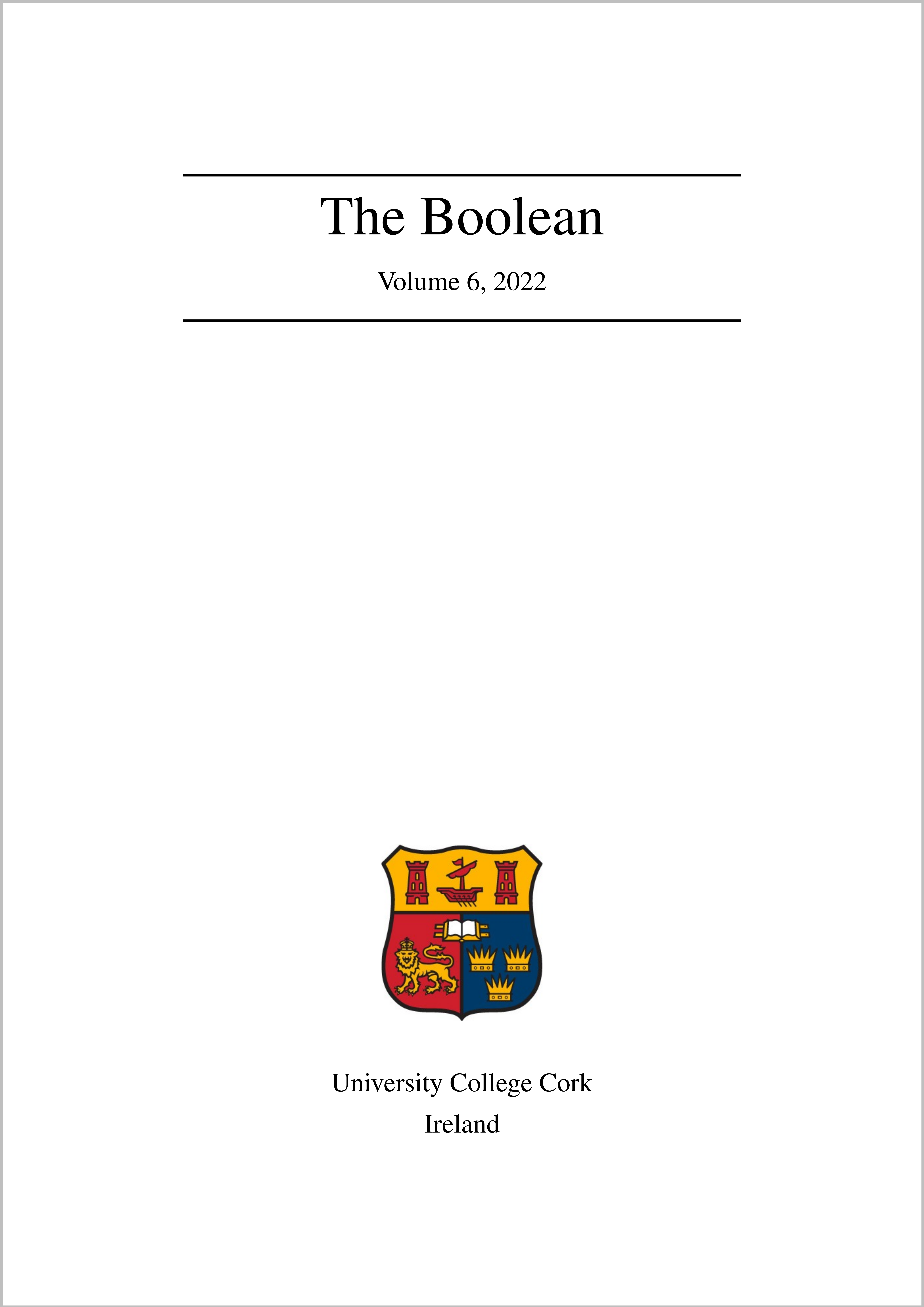Detecting Loneliness in People Using Technology
DOI:
https://doi.org/10.33178/boolean.2022.1.17Keywords:
loneliness, passive sensing, detection, social isolationAbstract
Loneliness has a negative effect on both physical and mental health, which increases the risk of both morbidity, including heart conditions, and death. Poor social bonds have been linked to a 29% rise in coronary heart disease and a 32% rise in strokes in a study that looked at thousands of people. Loneliness can have a serious impact on the brain, and it can also weaken the body’s immune system, which can cause many health problems. Loneliness can reduce a person’s life expectancy by fifteen years, which is equivalent to being overweight or smoking 15 cigarettes per day. That’s why early detection of chronic loneliness is very important to avoid its long-term health problems.
References
Roy F Baumeister and Mark R Leary. The need to belong: Desire for interpersonal attachments as a fundamental human motivation. Interpersonal development, pages 57–89, 2017.
Manfred E Beutel, Eva M Klein, Elmar Brähler, Iris Reiner, Claus Jünger, Matthias Michal, Jörg Wiltink, Philipp S Wild, Thomas Münzel, Karl J Lackner, et al. Loneliness in the general population: prevalence, determinants and relations to mental health. BMC psychiatry, 17(1):1–7, 2017.
William Enck, Peter Gilbert, Seungyeop Han, Vasant Tendulkar, Byung-Gon Chun, Landon P Cox, Jaeyeon Jung, Patrick McDaniel, and Anmol N Sheth. Taintdroid: an information-flow tracking system for realtime privacy monitoring on smartphones. ACM Transactions on Computer Systems (TOCS), 32(2):1–29, 2014.
Anthony D Ong, Bert N Uchino, and Elaine Wethington. Loneliness and health in older adults: A mini-review and synthesis. Gerontology, 62(4):443–449, 2016.
Claire Pomeroy. Loneliness is harmful to our nation’s health. Scientific American Blogs. Published March, 20, 2019.
Malik Muhammad Qirtas, Dirk Pesch, Evi Zafeiridi, and Eleanor Bantry White. Privacy preserving loneliness detection: A federated learning approach. In 2022 IEEE International Conference on Digital Health (ICDH), pages 157–162. IEEE, 2022.
Malik Muhammad Qirtas, Evi Zafeiridi, Dirk Pesch, and Eleanor Bantry White. Loneliness and social isolation detection using passive sensing techniques: Scoping review. JMIR mHealth and uHealth, 10(4):e34638, 2022.
Dan Russell, Letitia A Peplau, and Carolyn E Cutrona. The revised ucla loneliness scale: concurrent and discriminant validity evidence. Journal of personality and social psychology, 39(3):472, 1980.
Jingyi Wang, Farhana Mann, Brynmor Lloyd-Evans, Ruimin Ma, and Sonia Johnson. Associations between loneliness and perceived social support and outcomes of mental health problems: a systematic review. BMC psychiatry, 18(1):1–16, 2018
Rui Wang, Fanglin Chen, Zhenyu Chen, Tianxing Li, Gabriella Harari, Stefanie Tignor, Xia Zhou, Dror Ben-Zeev, and Andrew T Campbell. Studentlife: assessing mental health, academic performance and behavioral trends of college students using smartphones. In Proceedings of the 2014 ACM International Joint Conference on Pervasive and Ubiquitous Computing, pages 3–14, 2014.
Britta Wetzel, Rüdiger Pryss, Harald Baumeister, Johanna-Sophie Edler, Ana Sofia Oliveira Gonçalves, and Caroline Cohrdes. “how come you don’t call me?” smartphone communication app usage as an indicator of loneliness and social well-being across the adult lifespan during the covid-19 pandemic. International Journal of Environmental Research and Public Health, 18(12):6212, 2021.
Congyu Wu, Amanda N Barczyk, R Cameron Craddock, Gabriella M Harari, Edison Thomaz, Jason D Shumake, Christopher G Beevers, Samuel D Gosling, and David M Schnyer. Improving prediction of real-time loneliness and companionship type using geosocial features of personal smartphone data. Smart Health, 20:100180, 2021.
Chen Zhang, Yu Xie, Hang Bai, Bin Yu, Weihong Li, and Yuan Gao. A survey on federated learning. Knowledge-Based Systems, 216:106775, 2021.
Downloads
Published
Issue
Section
License
Copyright (c) 2022 Malik Qirtas

This work is licensed under a Creative Commons Attribution-NonCommercial-NoDerivatives 4.0 International License.



